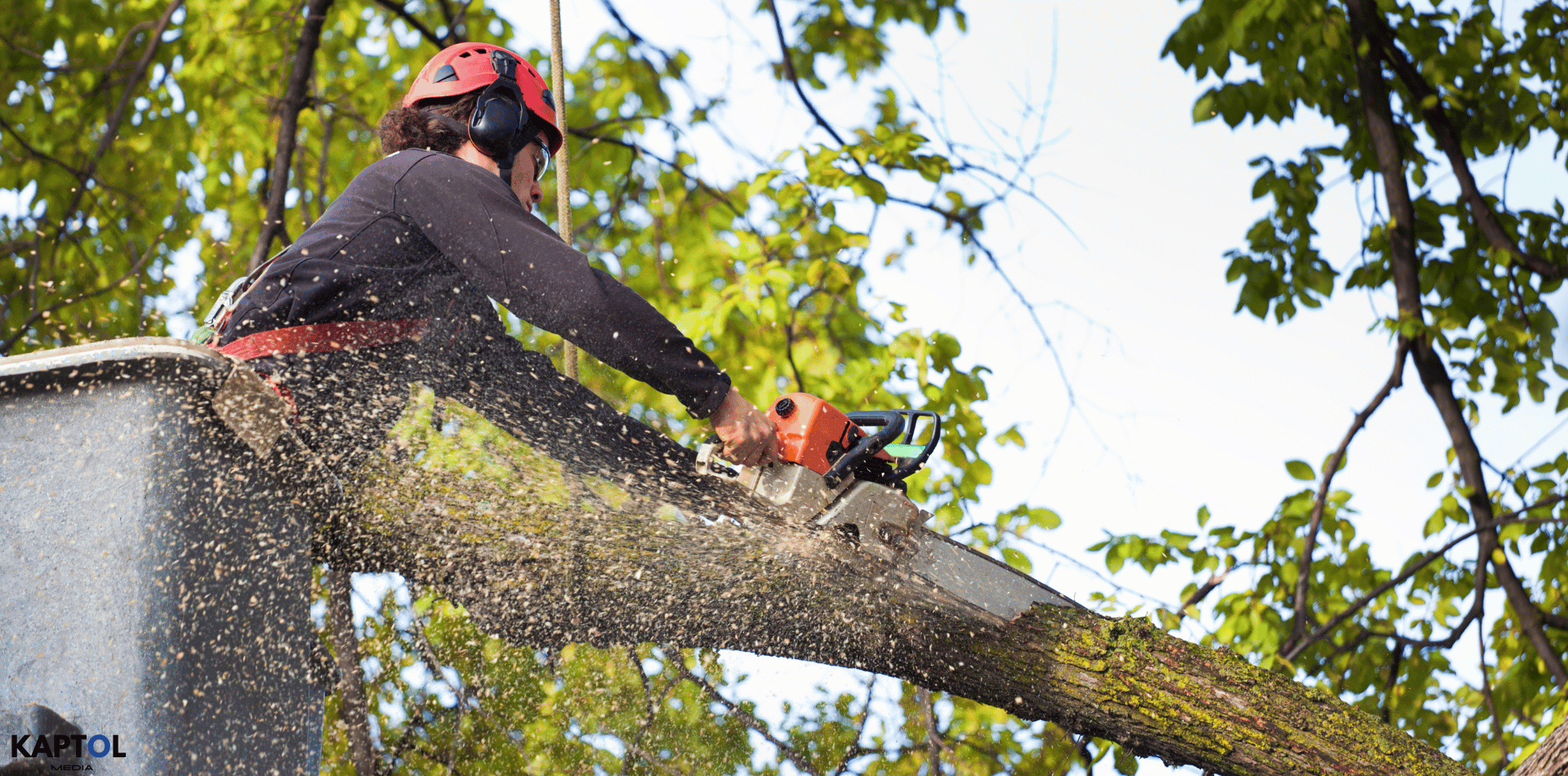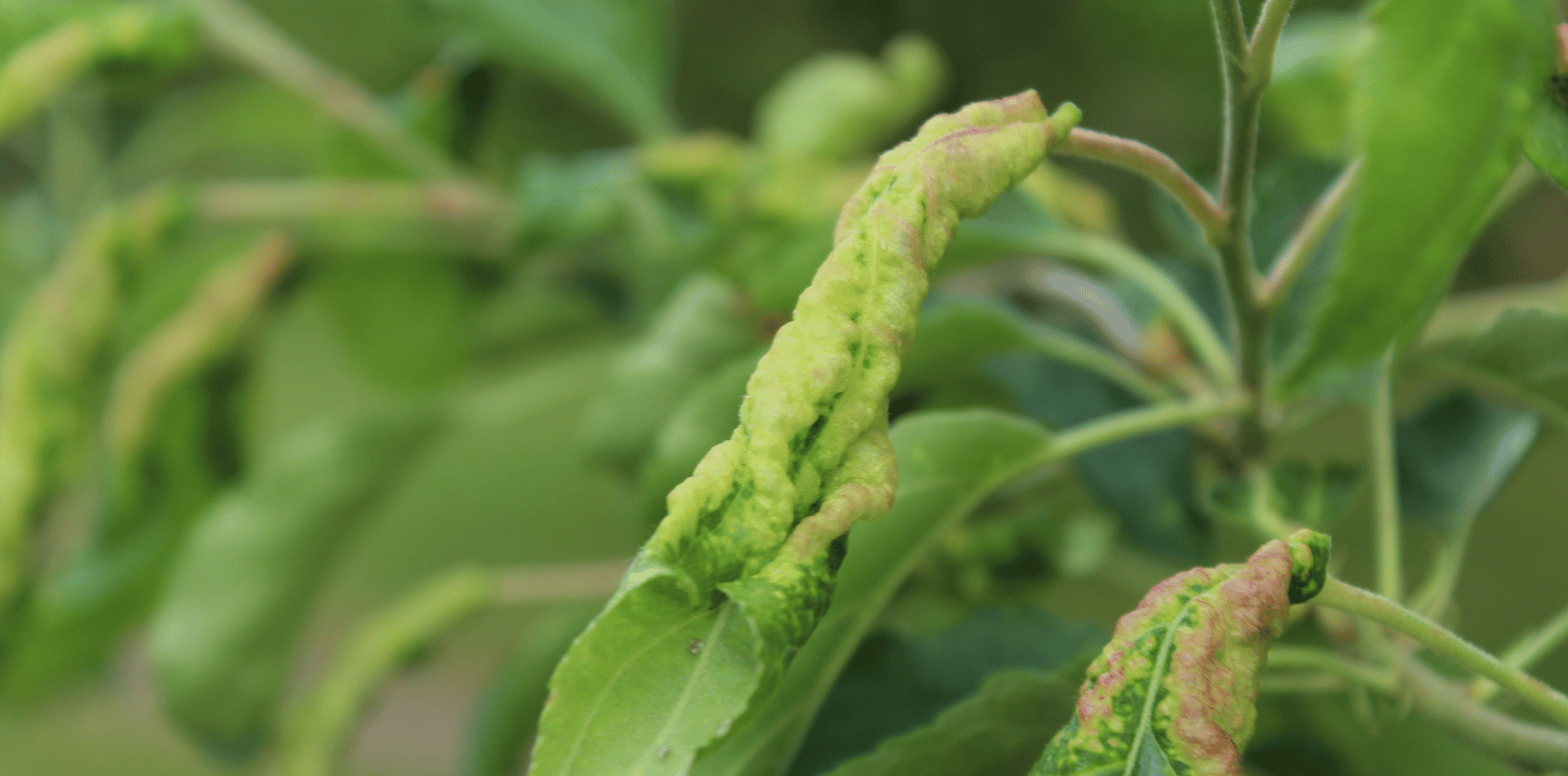Can you remove grass trees from private property
Read this before you remove any grass trees from private property.

Whether you can remove grass trees (Xanthorrhoea species) from private property depends largely on the location and local regulations.
Grass trees, native to Australia, are often protected due to their ecological significance and cultural importance. Here are some general guidelines to consider:
Check Local Regulations:
Before attempting to remove grass trees, it's essential to check with your local council or relevant environmental authority. In some areas, you may need a permit to remove native vegetation, including grass trees.
Endangered Species Protection:
If grass trees are classified as endangered or protected in your area, removing them may be strictly regulated or prohibited. Penalties for removing protected species can be severe.
Property Ownership:
If the grass trees are on your property, and there are no local regulations prohibiting their removal, you generally have the right to remove them.
However, it's always best to check with local authorities first.
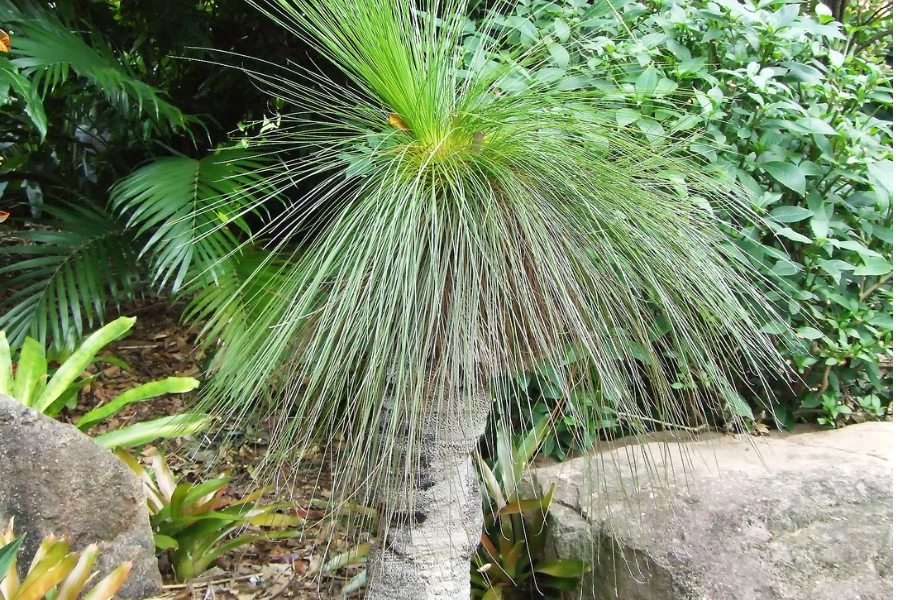
Consider Environmental Impact
Grass trees provide habitat for various wildlife and have ecological benefits. Consider the environmental impact of removing them and explore alternatives, such as working around them if possible.
Seek Professional Advice:
If permitted to remove grass trees, it's advisable to seek advice or services from a professional who specialises in native vegetation. They can ensure the removal is done safely and with minimal environmental impact.
Cultural Significance:
In Australia, grass trees hold cultural significance for Indigenous peoples. If you're in an area with a strong Indigenous heritage, it might be respectful to consult with local Indigenous groups before removing grass trees.
Always prioritise adherence to local laws and environmental conservation when considering the removal of any native vegetation, including grass trees.


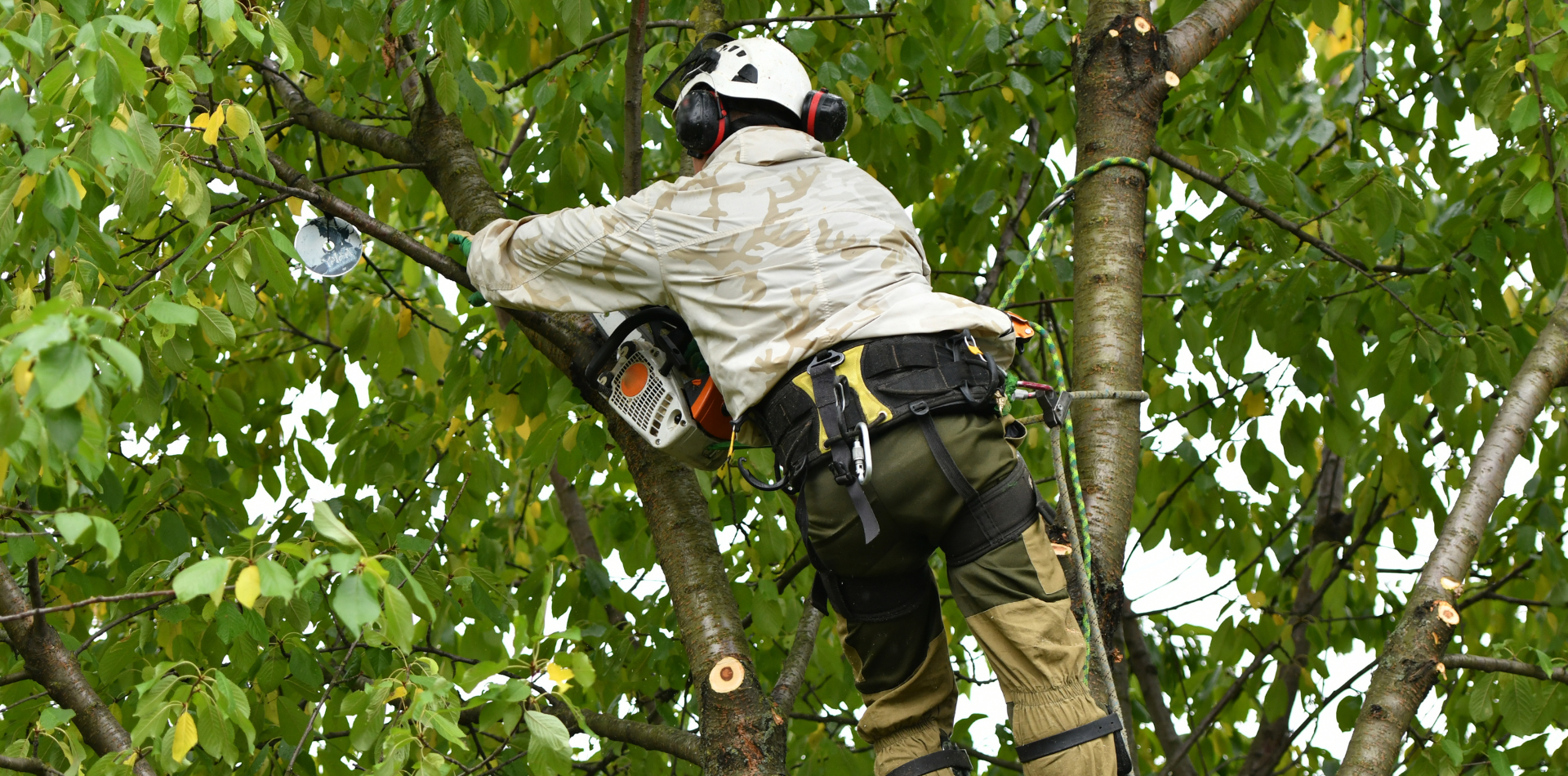


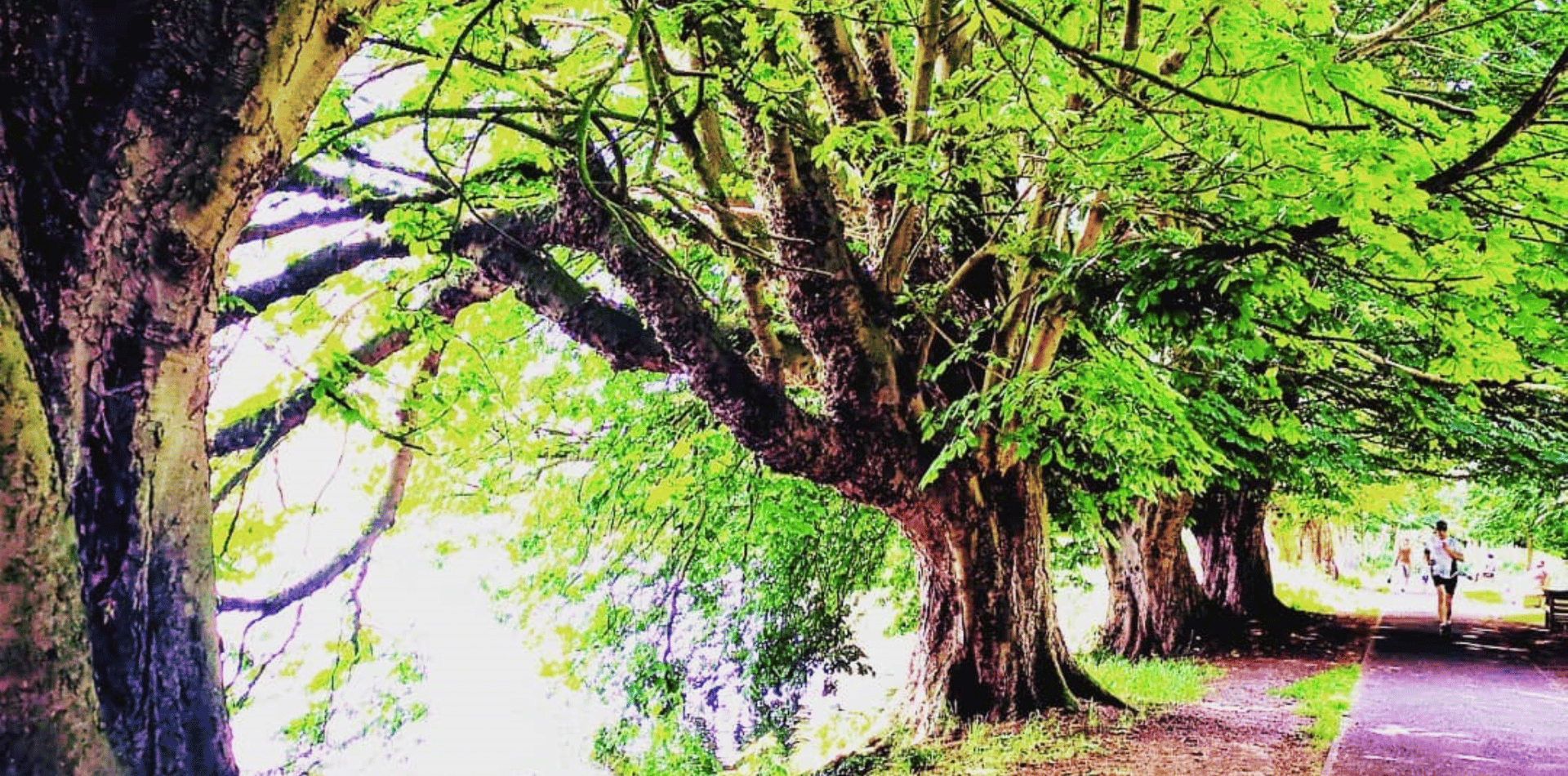
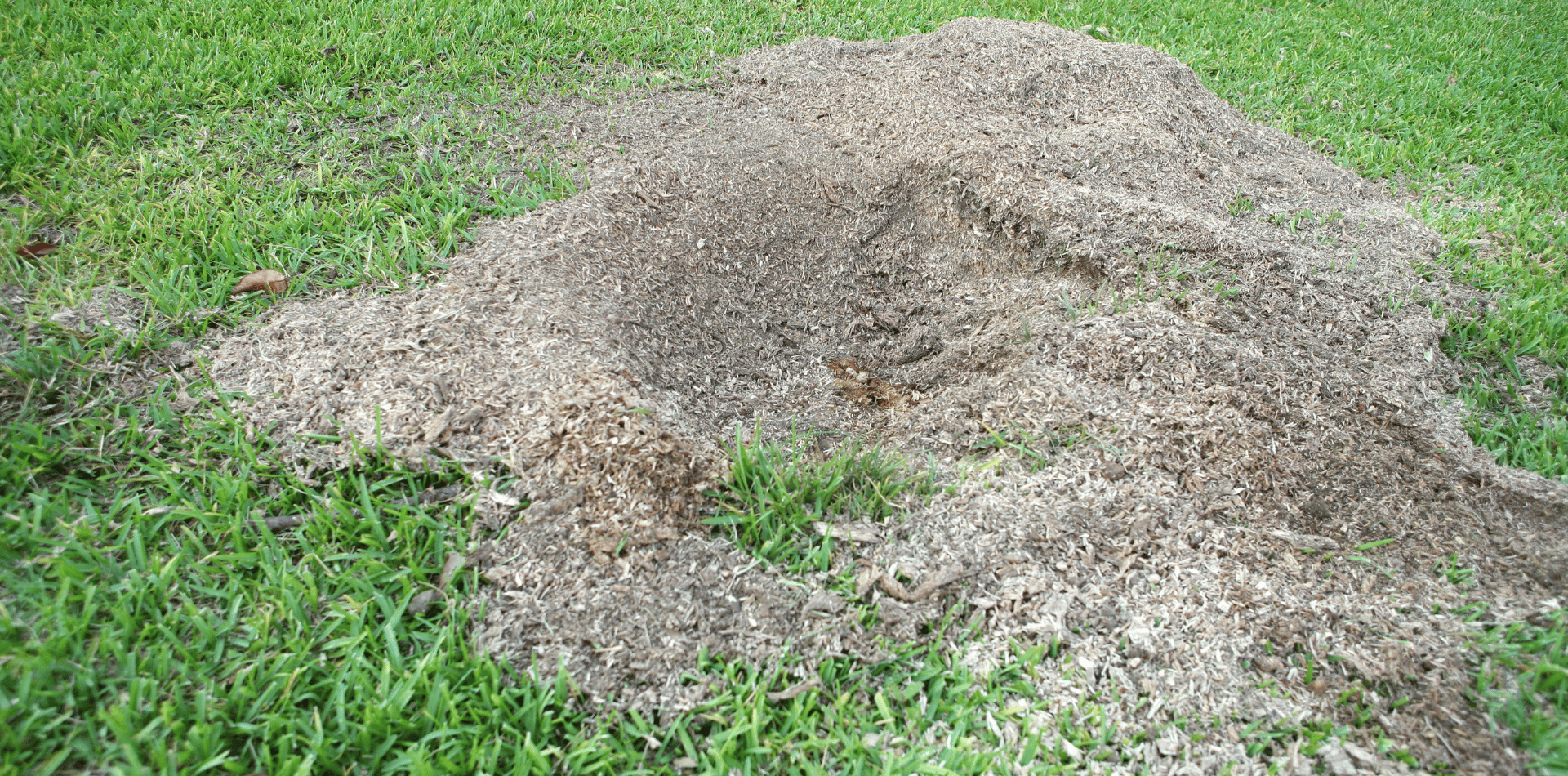

Contact
Kaptol Tree Removal Newcastle
A Member of the Kaptol Group
Powered by Kaptol Media

